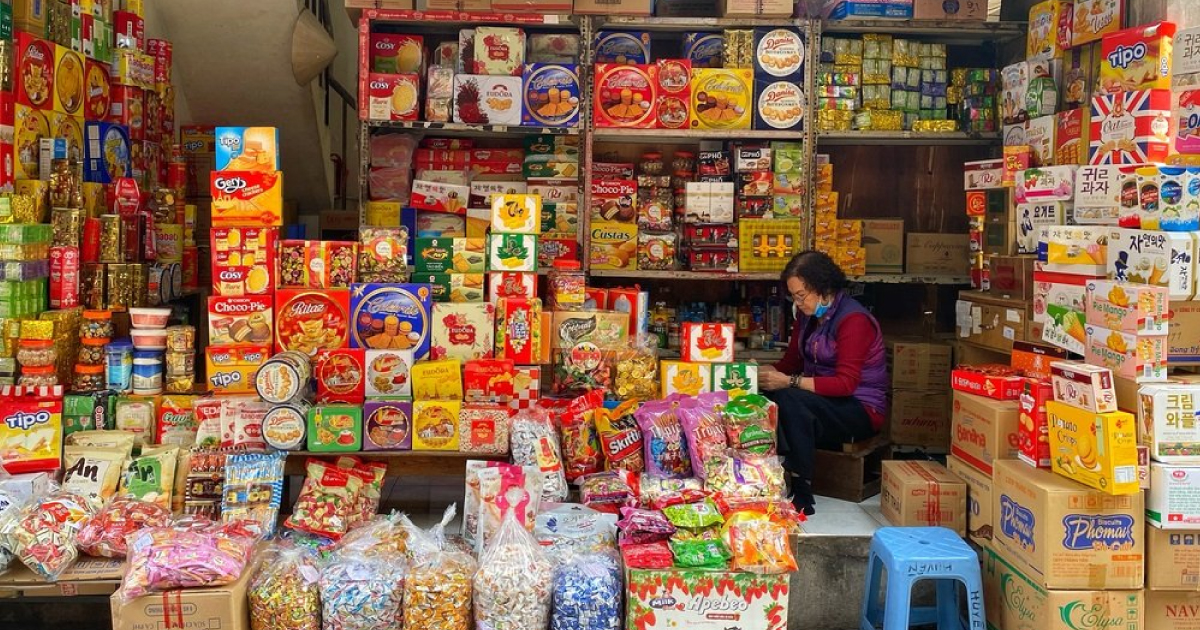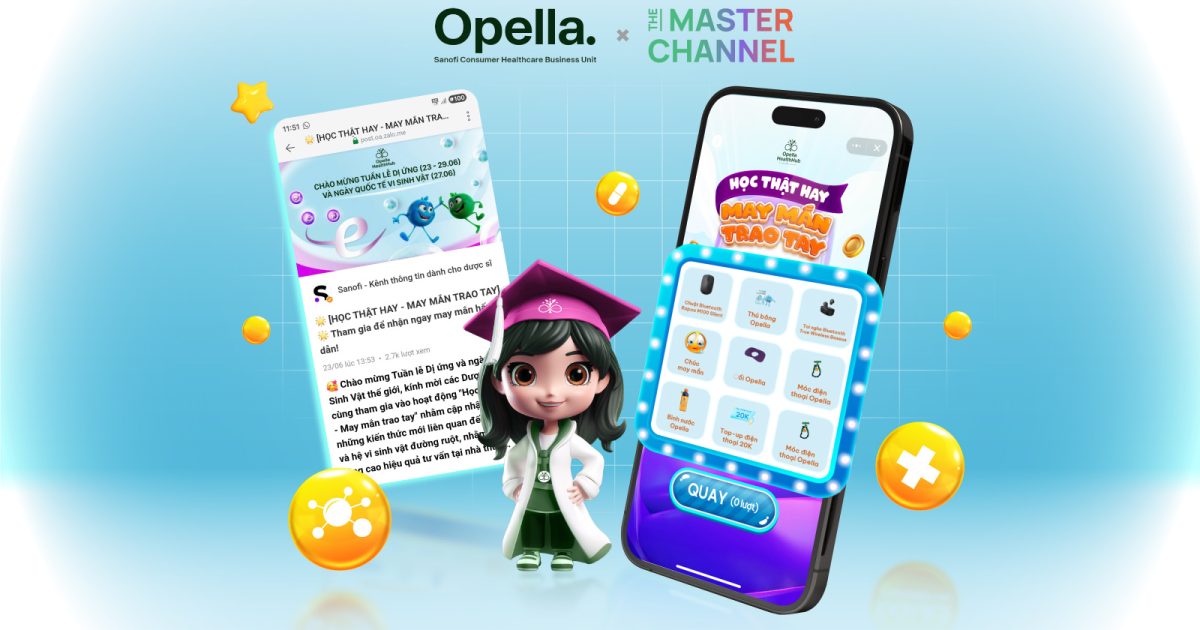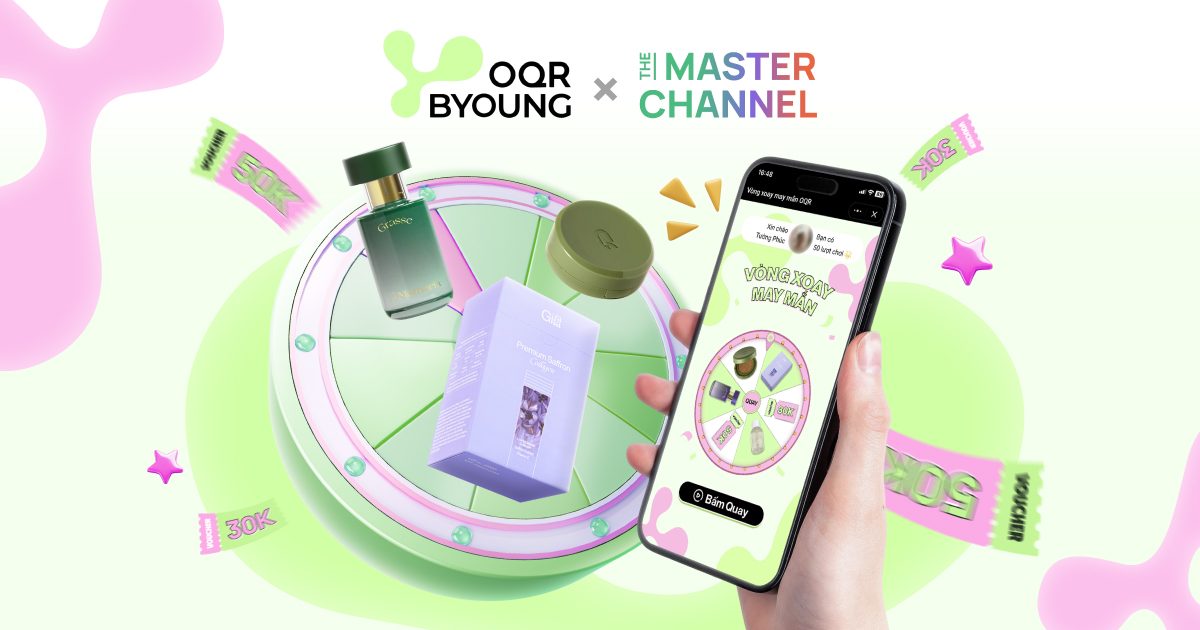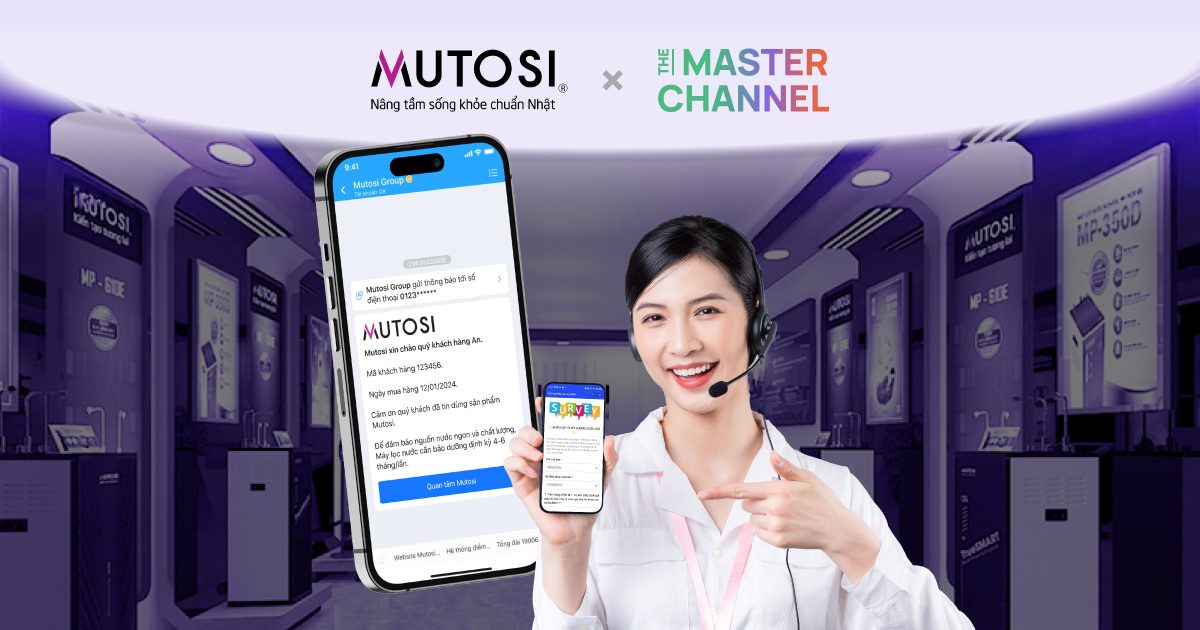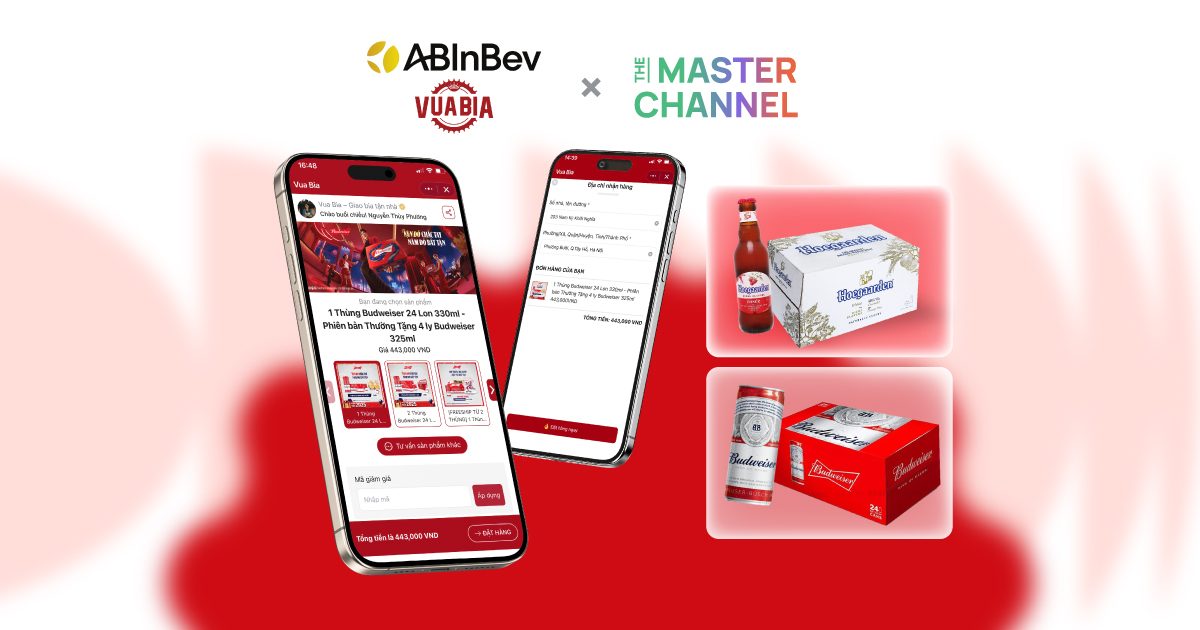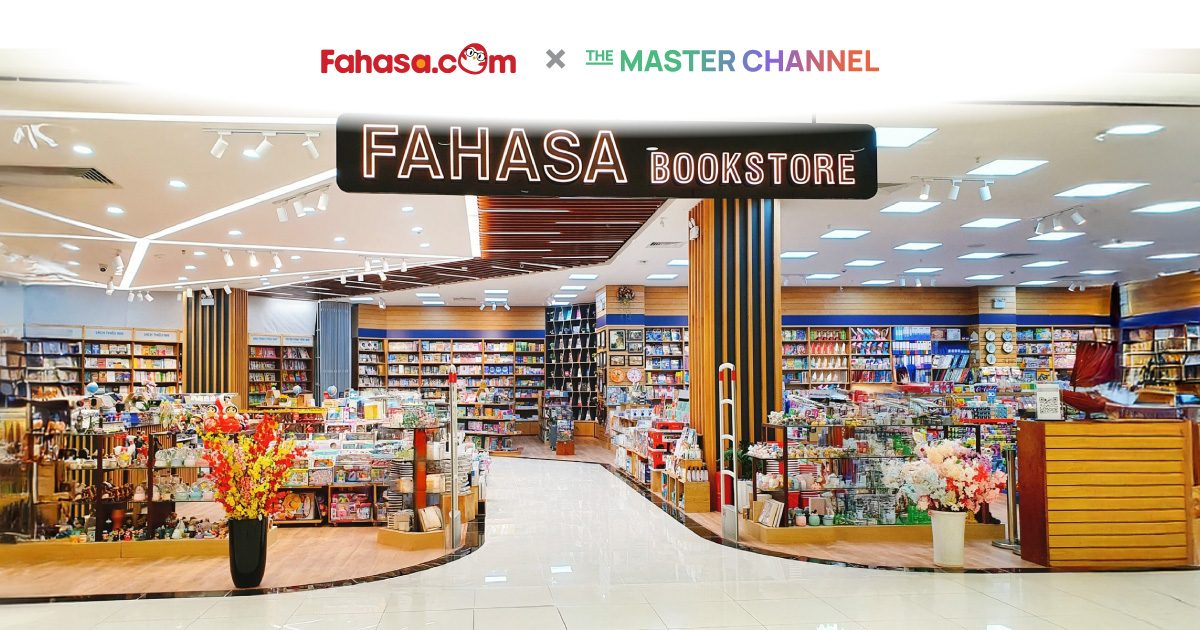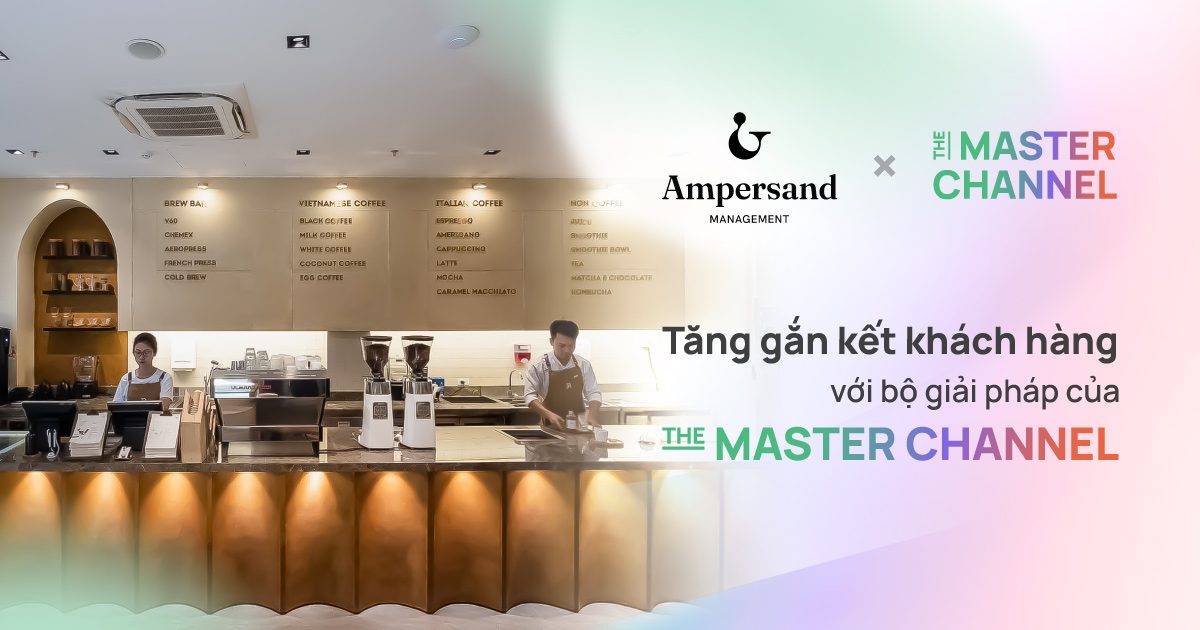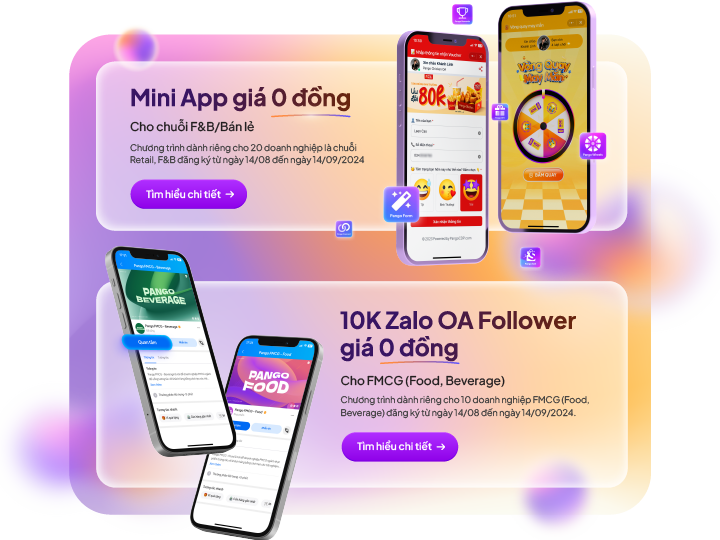
Businesses, whether operating in the B2C or B2B sectors, have a vested interest in both customer care and sales. However, cultivating and maintaining relationships with B2B channels can pose unique challenges. While securing the initial order may be more complex in the B2B realm, transactions in this sector tend to offer greater consistency and value once established.
This article, presented by PangoCDP, aims to provide insights into efficiently establishing and managing relationships with B2B channels, thereby assisting companies in achieving their sales growth and customer retention objectives. Specifically, the focus is on B2B sales points within the company’s supply chain.
The distribution system accounts for >50% of success
In the Vietnamese market, over 60% of product makers and distributors use the approach of utilizing agents, level 1 distribution channels, and points of sale. While an outstanding advertising film might ignite market demand, successful brands have largely been built by a consistent process of engaging with a continuous stream of customers. The most important factor is the simplicity of locating and purchasing.
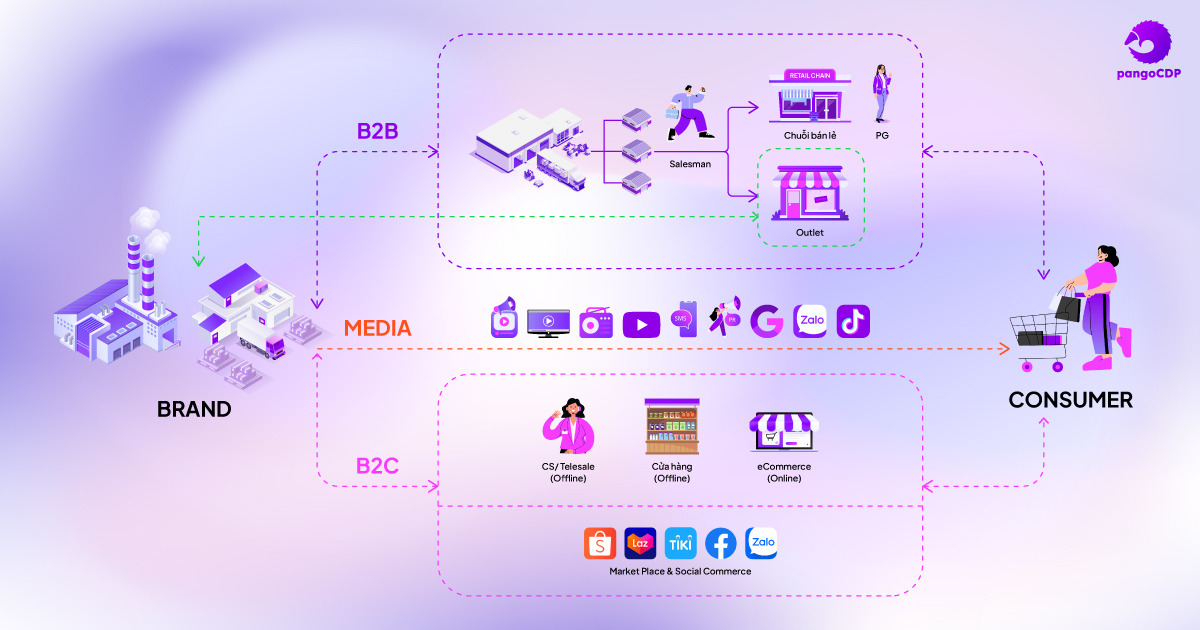
One could argue that more than half of a company’s success is attributable to the development of a distribution system.
Domestic businesses have made significant investments in personel, technology, and most recently, the examination and full application of important data from points of sale. This demonstrates their early realization of the necessity for developing a distribution system.
The outlet remains operational and successful
As we return to Vietnam’s primary distribution channels, while e-commerce and retail chains have seen significant growth in recent years, motorbike culture persists, large stores are concentrated in urban areas, and maintaining retail locations like grocery stores will continue to be a long-term endeavor.
Roads, schools, marketplaces, sometimes known as outlets, SME, grocery shops, etc., are still the retail systems used by businesses that produce or distribute fast-moving consumer goods in developing countries like Vietnam. For the foreseeable future, distribution will be crucial for the following reasons:
The enduring presence of motorcycle culture. The limitation of Modern Trade’s (MT) reach in rural regions. The simplicity and competitive costs associated with traditional retail outlets. Despite the availability of helpful supermarkets and other modern distribution networks in rural areas, Vietnam still boasts over a million outlets, as indicated by the most recent figures. Medium and large manufacturers typically require a minimum of 50,000 to 100,000 outlets.
Every private community naturally sees the creation of outlets. You can always count on Dì Tư or Cô Sáu to start a grocery store or café in the neighborhood near your home. Manufacturers’ goods appear in all locations quickly because of the flexibility and diversity of points of sale, which come in many various forms, such as restaurants, bars, grocery stores, and coffee shops. Construct a robust distribution system with shelves, corners, etc.
The article’s discussion on retail enterprises will focus on HORECA channels (hotel, restaurant, cafeteria) and small grocery stores (outlets).
Creation of an Outlet System
All necessities were delivered systemically at “trade stores” from about 1975 to 1990. The 8x and 7x generations definitely have many memories of this period of time when parents and grandparents had to labor extremely hard to acquire goods like rice, sugar, salt, and fish sauce at businesses.
Grocery stores are quite convenient and provide practically anything these days. You can always get necessities within a 3-minute stroll.
That being said, the grocery and retail sales agency systems were formed just nearly 27 years ago. The biggest companies in the world laid the foundation for Vietnam’s consumer product distribution network. These were the first major businesses and corporations to set up shop in Vietnam, including Coca-Cola, PepsiCo, and Unilever. Along with bringing well-known products from around the world that meet every family’s basic needs, they also introduced a consumer goods distribution management method that many domestic enterprises eventually adopted and found success with.
For FMCG, ensuring coverage to remote villages, distant residential areas, as well as densely populated urban areas, is essential in creating outlets. These outlets will source products from various suppliers to cater to a diverse range of needs, from basic necessities like fish sauce, salt, sugar, rice, to items like detergent, toothpaste, and food items such as butter, sugar, and milk.
Every manufacturer entering a market pays close attention to establishing a high-coverage sales system through outlets, starting by approaching or establishing a distributor for a region, usually a province or district. Distributors are responsible for receiving goods from manufacturers and then allocating them to smaller distribution levels, eventually reaching outlets.
A distributor typically has a sales team, also known as “marketing,” whose members visit outlets daily, introducing products and persuading outlets to accept the merchandise for sale.
The Below the Line War
When shopping at a convenience store, you may have encountered a situation like this: “Hey Cô Sáu, please give me a pack of detergent A, 1kg.” This means you had the intention to purchase product A detergent. And if Auntie Sau happily hands you detergent A, the transaction will quickly be completed. A more complicated scenario arises when Cô Sáu has just received a large quantity of detergent O and was promised a significant discount by the marketing staff. Brand O also regularly nurtures and maintains good connections with Cô Sáu, making her fond of the brand and suggesting to you, “Give O a chance”.
To persuade outlets, businesses will offer numerous incentive policies and credit policies. Once an outlet has established a stable customer base for a product, the flow of goods is established. At this point, distributors will establish regular interaction channels through sales representatives or may even make care calls, and finally, handle deliveries and manage credit accounts.
As a grocery shop, Outlet naturally strives to balance the need to import goods with the ability to offer a wide range of products in large quantities. The current focus of manufacturer competition at points of sale revolves around debt, discounts, promotions, and product quality.
A crucial element that cannot be disregarded is the extent to which the product and brand have been covered by the media among end users. This coverage is significant enough to create market demand and compelling enough for consumers to keep the product and brand “top of mind” when they visit points of sale.
A description like this indicates how intense the competition is at points of sale, encompassing both Above The Line (ATL) influences from advertising media and Below The Line (BTL) or the impacts. Sales-related variables are directly impacted by marketing efforts.
Maximize the value of the outlet
Reason and emotion are both necessary for outlet care
Leading companies in this industry will always have plans in place to handle and manage distribution channels with a highly sophisticated and scientific approach.
Of course, they had significant financial advantages in the ATL struggle. Prominent corporations like Unilever and Pepsi “burn” hundreds of millions of dollars each year on advertising in the Vietnamese market. This expense exceeds the sales of a competing company that sells goods in the same industry segment.
Be careful and maximize the value of the outlet. Reason and emotion are both necessary for outlet care.Leading companies in this industry will always have plans in place to handle and manage distribution channels with a highly sophisticated and scientific approach.
Outlet interactive content
When talking about interactions between manufacturers and distributors with Outlet, interactive content will include:
- Commercial information
- Promotions and discounts (for Outlet)
- Hot products, new products
- Market trend
- Loyalty information
- View current accumulated points
- Perform tasks (purchase, play games, survey, watch advertising clips)
- Use points
- Transaction information
- Order information
- See delivery time
- View debt and transaction history
Salesman and complementary interactive channels
When it comes to business information, there is a lot of information exchanged, and in order to get responses from Outlet, there needs to be interaction and monitoring between the parties.
Currently, the majority of manufacturers and distributors will employ salesmen as the primary channel of interaction, with the exception of a small number of companies that are making significant investments to establish direct ties with outlets. It is a given that communications from the manufacturer may be erroneously incomplete or never arrive at the outlet.
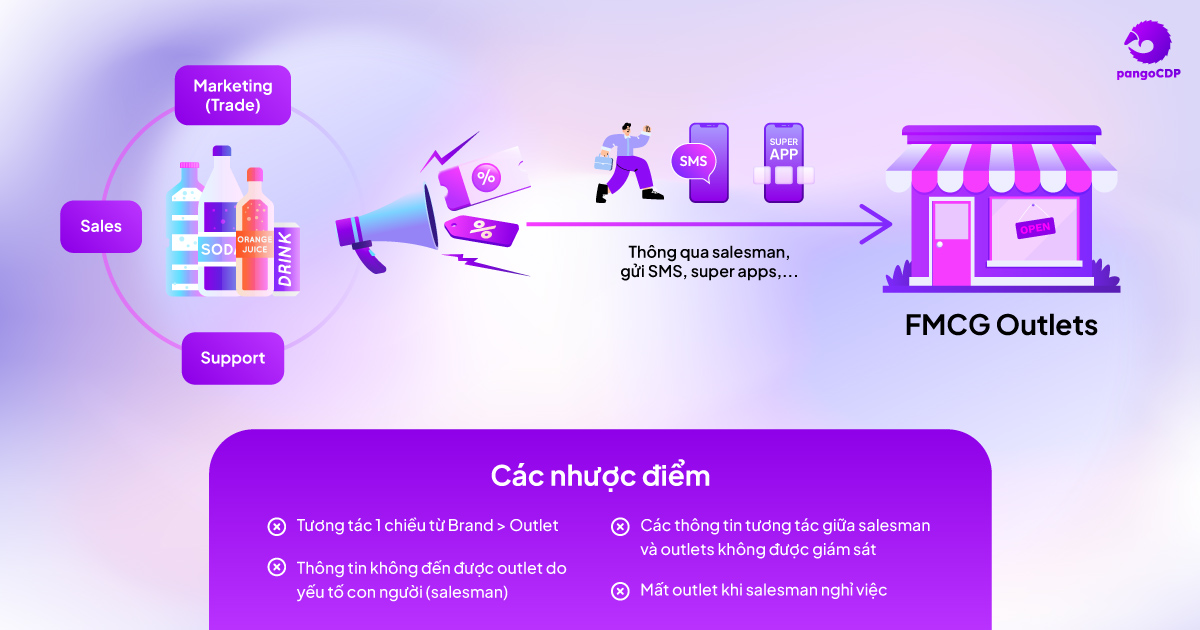
Businesses have also suggested ways to mitigate this shortcoming, like making employees use the app to check in when they walk directly to the stores, taking images of displays as proof, conducting surveys, and completely implementing the sales procedure at Outlet.
Face-to-face communication was prohibited during the COVID-19 lockdown phase. At the time, the majority of outlet care actions happened over the phone on Zalo and Facebook. Some companies purchased apps so that outlets could viewpoints, place orders, access promotional information and reward points.
Naturally, the idea to install the app leaves a lot of Aunts and Uncles who are not tech savvy with several shortcomings. As a result, there are numerous restrictions on application distribution as well.
The main market participants are aware of the issue and have dedicated significant financial resources to exploring other possibilities in order to adjust to the changing circumstances. The only thing that remains constant is that manufacturers and distributors still want to “overtake” Salesman by increasing product consumption, even though salespeople frequently employ complementary technologies, at the same point of sale, to surpass competitors in market share.
Dynamics of Outlet
The capacity to sell quickly is important for Outlet when importing items from a manufacturer because it aids in capital recovery and, of course increases earnings.
Huge discounts are Outlet’s second main reason for importing goods. The most practical course of action for a brand that is new to the market or does not have a large enough budget to support end-user communication is to directly influence points of sale by offering a tempting compensation system ancillary debt is highly advantageous for Outlet.
Once the manufacturer has conquered the outlet, the next job they will do is influence the end user’s purchasing decision. Like the story about O washing powder mentioned earlier, if Cô Sáu always wants to sell O washing powder, of course her self-suggestion will have a significant effect, especially when she is still a close, trustworthy neighbor. This shows that which product the end user chooses is still a “top of mind” battle for grocery store owners.
Communicating timely, relevant and personalized messages is increasingly receiving attention and will be more effective when businesses measure the responses of Outlet immediately after the message is sent.
It’s time to warm up the engagement channel

Businesses can begin by making little adjustments to the way they engage with Outlet, such as providing Zalo support for points of sale to submit orders, order information, debt, shipping, etc. Manufacturers and distributors may reach points of sale more frequently and, more crucially, gauge the true efficacy of their messages by utilising these fundamental qualities. Interaction will need the backing of specialised automated systems and a scale of millions of pieces of data at up to hundreds of thousands of outlets.
“From a well-liked, user-friendly communication platform such as Zalo, strategies for connecting with and creating long-lasting relationships for every industry group, every target group at every stage, and developing imaginative, entertaining campaign concepts. Fun, accessible technologies for automation, behavioural analysis, and customised scenario design all require appropriate and deliberate investment for manufacturers to market their benefits. That’s all”, ByteTech’s CEO and founder, Mr. Lee Nguyen, declared.
Mr. Miller Nguyen, ByteTech Sales Director, said that forms of “warming up” the interactive channel through “gamification” of activities such as: launching new products, appreciating points of sale, accumulating points (loyalty), opinion surveys, customer care, ordering, etc. also create newness and increase the appeal of each message the brand wants to convey. There are many ways for businesses and manufacturers to understand and “touch” the traditional retail system, regardless of physical distance.
In the long term, market trends force the unit to strive to create proactive, direct connections with points of sale for long-term, sustainable development.

